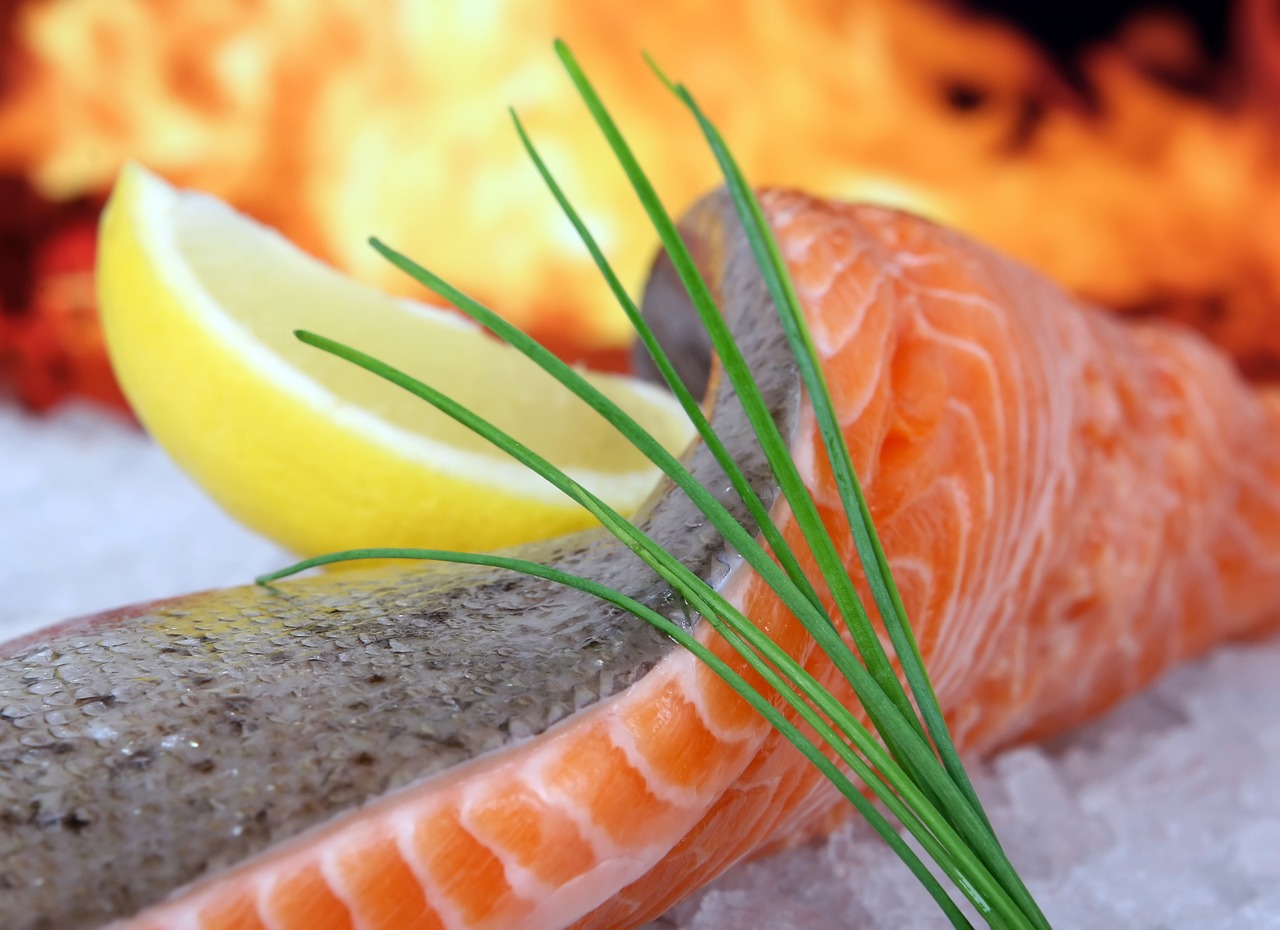
I remember thinking when I was younger that “fat” was bad. Foods with too much fat in them were bad for you. Eating fat would, ultimately, make you fat. Ah, how the times have changed! Fats used to be the bad guy of the nutrition world. Now, it looks as if “carbs” have taken their place. Poor ol’ carbs. They really do get a bad rap these days, but hey, somebody has to be the skapegoat. Something has to be blamed for our poor nutrition habits, why not carbs…those dirty, delicious carbs…always trying to ruin our day…ugh.
Sorry, I’m ranting. Let’s talk about carbs another time because I want to get back to fats. These days we have “good” fats and “bad” fats. We are supposed to avoid some, eat others. But why? What is a good fat? What makes a “good” fat good?!?
What’s the Deal with Fat?
Ok, so before we start diving into the different types of fat and the foods that contain those fats, we need to start with a quick refresher on what fat is. Dietary fat is one of the 3 main nutrient forms in our diet, carbs and protein being the other 2. Fat is more calorie dense than the other 2 forms, fat packs 9 calories/gram, protein and carb only 4 calories/gram. This is why foods with a lot of fat really pack in the calories, which lead to stored fat on our bodies.
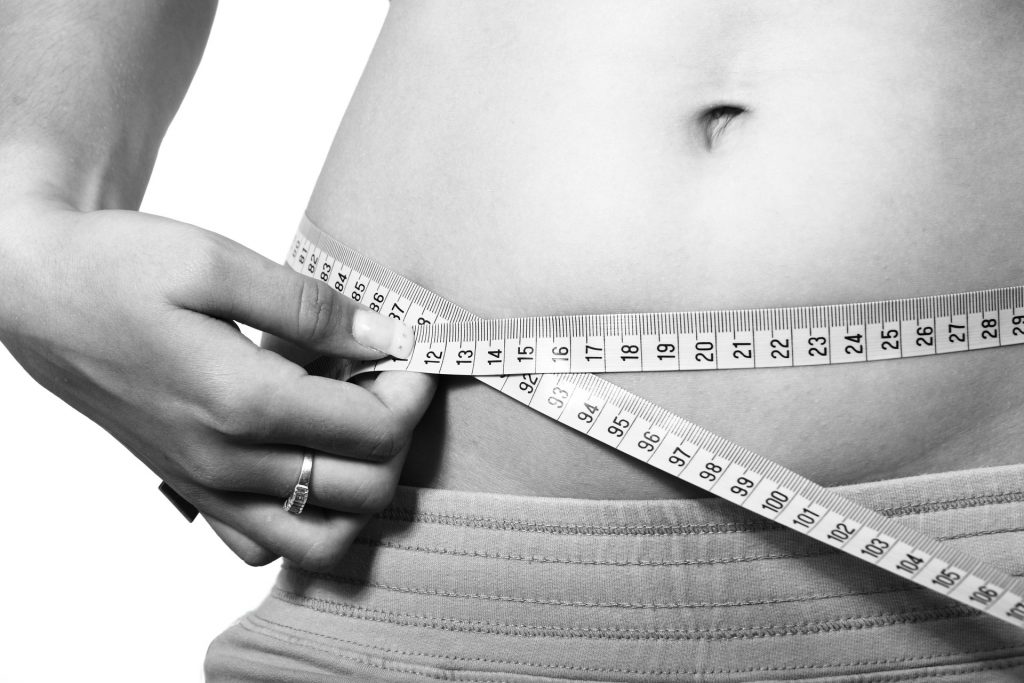
Our bodies store extra calories we eat. These excess calories are stored on our body as fat (body fat). By the way, our bodies only need a certain amount of fuel (calories) to operate each day. Physical activity increases our energy need, so we burn more calories when we exercise. This is why exercise is good for losing weight (as well as a LOT of other things). Any calories we consume that are not used, are considered excess calories and our body will store them for later…as fat. These extra calories can come from protein, carbs, or dietary fat.
Fat is an important part of our body. Essential body fat is fat our body needs to help with certain functions, including hormonal regulation, organ function, and skin maintenance just to name a few.
Some additional stored fat is good for us to. Keeps us warm, cushions organs, gives our body a supply of nutrition when food is not easily available.
Too much stored fat is not good for us. Contributes to a number of health related problems: diabetes, heart disease, joint pain.
The Tale of 2 Fats…
Ok, now let’s get down to it. The 2 main categories of fat are: SATURATED and UNSATURATED. Saturated fats are considered the “bad” guys and unsaturated fats are considered the “good” guys. Let’s talk about the bad ones first…
Saturated fats are simple fat cells that are “saturated” with hydrogen molecules. This type of fat is usually solid at room temperature and found in many animal products (delicious, delicious animal products):
- Beef

- Pork
- Chicken skin
- Butter
- Cream
- Cheese
You can picture the fat in these products, solid at room temperature. A lot of baked goods are high in saturated fat as well. Think cakes, cookies, pies. Fried foods (unfortunately) also tend to be high in saturated fat.
A couple of liquid oils are also high in saturated fat, palm oil and coconut oil. There’s still a debate on whether coconut oil is good or bad for you because the fat in coconut oil doesn’t appear to raise cholesterol levels.
Saturated fats are considered bad because they can raise “bad” cholesterol levels which increases your risk for heart disease. These bad lipids can clog arteries, cause heart attacks, have been linked to increased risk of cancer. Cholesterol is another interesting topic for another day, but think of it as a component of fat. Cholesterol is produced in our bodies and also obtained from foods that contain fat. If we consume too many saturated fats, our cholesterol levels can increase which can lead to narrowing of our arteries.
The American Heart Association recommends limiting saturated fats to only 5-6% of your total caloric intake. About 13g if you are following a typical 2000 calorie/day diet.
I almost forgot, there are also trans fats. These guys are a little different from saturated fats, but they are also bad. Most fast food restaurants use trans fats to deep fry stuff. Trans fats can be used over and over, make food taste good, but they also increase the bad cholesterol and decrease the good cholesterol in our blood. Bad for the heart and the waistline.
Unsaturated fats are the good guys, the winners, the “started with nothing and worked our way up to the top” crowd, the…ok…I’ll stop. These are the good fats we are allowed to eat. These fat sources are typically liquid at room temperature. There are 2 types of unsaturated fats and they are monounsaturated and polyunsaturated.
Monounsaturated Fats
Like mentioned above, these fats are liquid oils at room temperature, will solidify some when in the refrigerator. These good fats are found in the following foods:
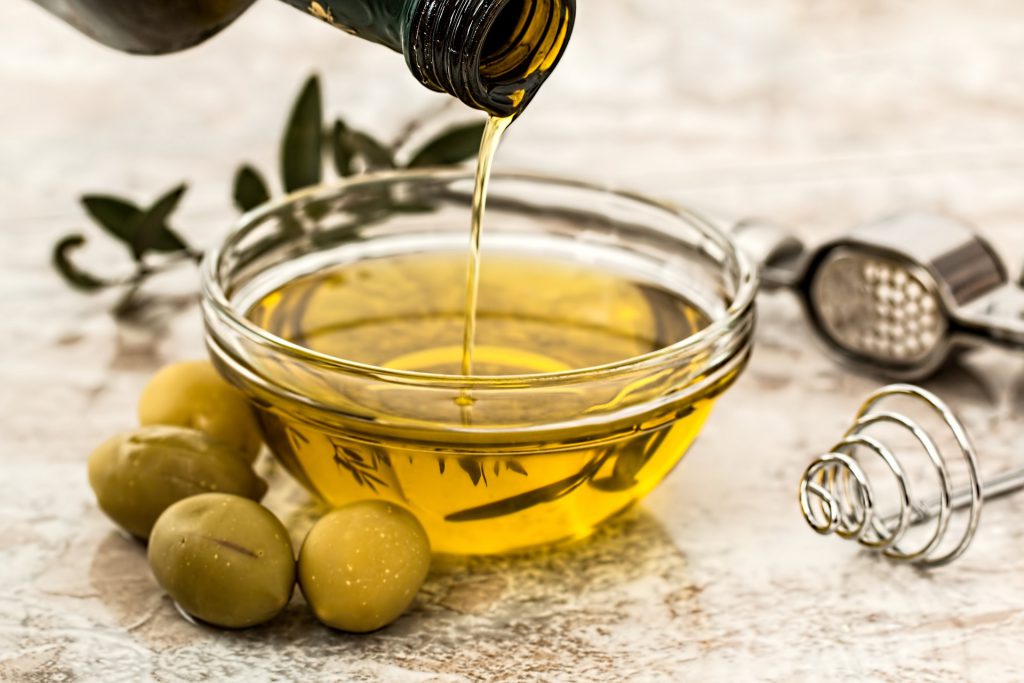
- Olive Oil
- Peanut Oil
- Canola Oil
- Avocados
- Almonds
- Hazelnuts
- Peanut Butter
- Sesame Seeds
- Pumpkin Seeds
These foods also tend to be high in vitamin E, an important antioxidant. Monounsaturated fat can decrease risk of heart disease because it does not seem to increase the bad cholesterol levels like saturated fats do.
Polyunsaturated Fats
The “poly-” part comes from the chemical structure of these fats, they have multiple unsaturated carbon bonds. These fats can be found in vegetable oils:
- Soybean Oil
- Sunflower Oil
- Corn Oil
Omega-3 fatty acids are a type of polyunsaturated fat! You have probably heard of these guys before. They get a lot of good press. This type of fat is beneficial for many reasons. The omega-3s include EPA and DHA which are primarily found in fatty fish. Other omega-3 can be found in plant sources. Good sources of these “super fats” include:
- Salmon
- Catfish
- Trout
- Anchovies
- Tuna
- Walnuts
- Flaxseed
- Canola Oil
What Are “Good” Fats Good For? 
Now we know what fat is and we know there are different types of fat, some good and some bad. How does this help me? Good fats should be used for cooking! We should make an effort to switch out bad fats for the good fats. Choosing canola oil instead of vegetable oil, or olive oil instead of butter (I know it’s hard) can really make a difference for your heart health.
A simple oil switch can make a big difference. Taking it a step farther, we can use these good fats as healthy snacks during the day. A handful of walnuts or almonds, roasted pumpkin seeds, peanut butter on an apple… all healthy options that are going to include rich sources of the unsaturated fats our body prefers.
Try to include some of the fish mentioned above in your diet for healthy dinners during the week. The American Heart Association (AHA) wants us to eat these types of fish at least 2x/wk to get the heart healthy benefits of the unsaturated fats. European diets rich in fish and nuts, such as the Mediterranean diet, are considered significantly healthier than typical American diets because they include plenty of sources of these good fats: olive oil, fish, vegetables, nuts.
Health benefits of unsaturated fats include:
- Decreased risk for heart disease
- Decreased “bad” cholesterol levels (LDLs)
- Increased “good” cholesterol levels (HDLs)
- Decreased blood pressure
- Decreased risk of stroke
- Decreased triglyceride levels
- Decreased joint pain from rheumatoid arthritis
What About Supplements?
There are a lot of omega-3 supplements out there and they have gotten pretty good at hiding the “fishy” aftertaste that used to accompany them. However, the research is pretty inconclusive as to whether or not the supplements are as beneficial to heart health as the omega-3s found in fish. Research does suggest that eating a diet that includes fatty fish can reduce cholesterol levels and help prevent cardiac disease.
Different studies have also looked at the supplements and their effect on rheumatoid arthritis. Again, results vary, but there may be more of a correlation with pain relief from the anti-inflammatory effects of the omega-3s and supplementation than the heart benefits and supplementation.
Omega-3 supplements are generally considered safe to take, but always check with your doctor before starting any new medications or supplements! Over the counter drugs can interact with other medications you are taking!
A Few Last Thoughts…
So, we see the unsaturated fats have been labeled “good” for good reason. They provide our bodies with essential nutrients needed for proper function without all of the artery clogging characteristics of their “bad” counter parts.
Keep in mind though, that unsaturated fat has the same amount of calories as saturated fat! From our intro at the beginning, fat contains roughly 9 calories per gram… this goes for ALL fat, good or bad! So it’s important to limit total fat intake to a small portion of your daily calorie intake, especially if you are trying to lose weight and slim up a little.
The AHA recommends limiting total fat intake to 20-35% of your total daily calorie consumption. Saturated fats should be no more than 10% of this, less is better. Back to the 2000 calorie/day example, that means fat would be between 400 – 700 calories daily, or about 44 – 78g.
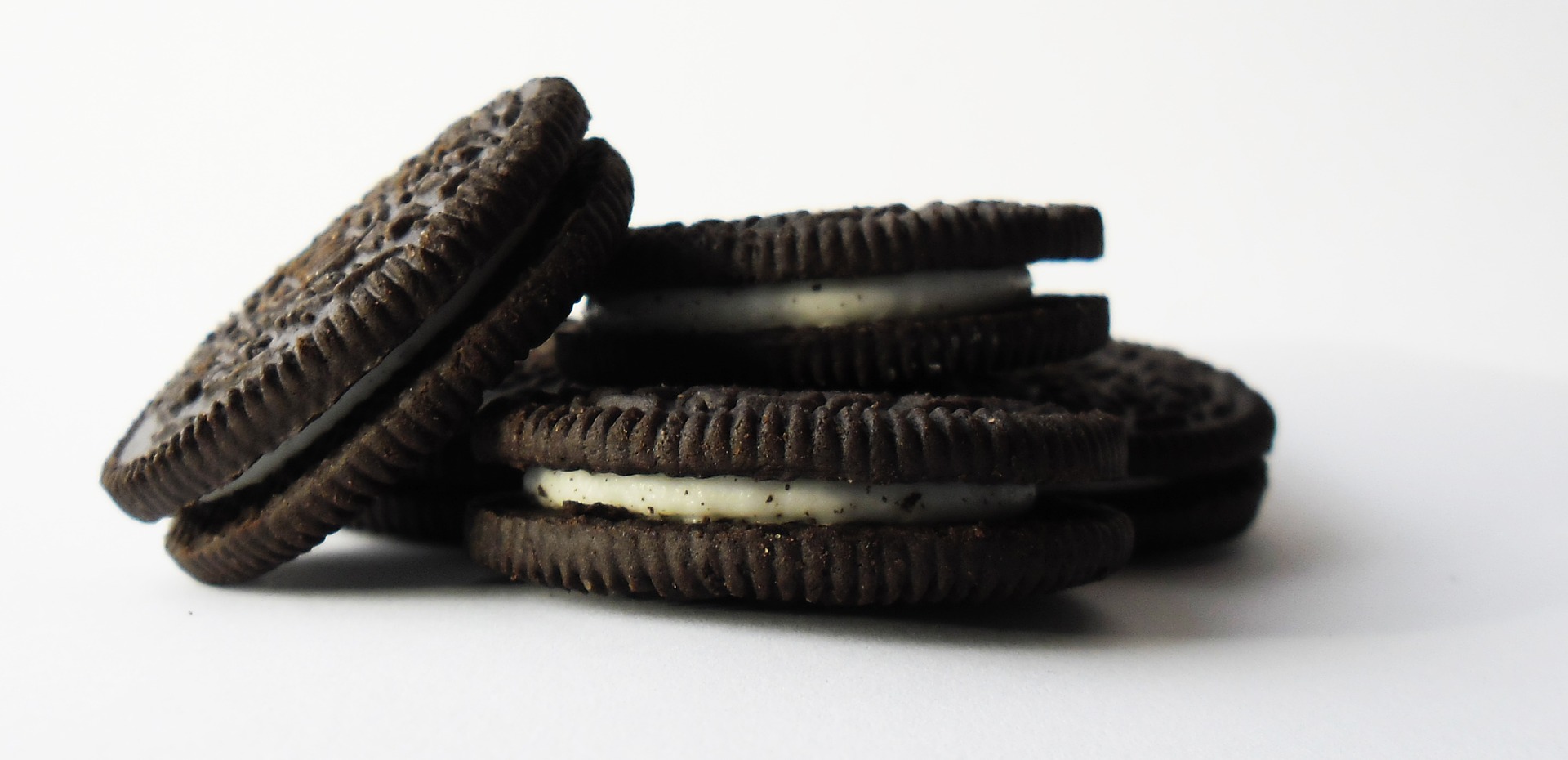
Moderation is the key! Let’s face it, sometimes you NEED an oreo. Sometimes you NEED a Little Debbie cake. That’s life. What’s the point of living if you deny yourself all these wonderful little treats? I would just suggest that you use these little treats as just that…treats. They should not become the norm for snacks and meals. Eating them once and awhile as part of an otherwise healthy diet is fine. It’s when we are constantly choosing the oreo (or 4) over the healthy nuts or granola or whatever healthy snack you like that it becomes a problem for your health.
My tip: switch out your cooking oil. If you are not cooking with a healthy unsaturated fat, try it. It really doesn’t change the taste much, you may not even notice. Although sometimes you need a little butter…I made a grilled cheese with a fried egg in the middle over the weekend…game-changer.
I hope this post helped clear up some of the confusion out there on good fats and bad fats and shed a light on all that good fats can offer for your health.
Do you have any awesome recipes with the healthy ingredients listed above? Any good sources of unsaturated fats I left out? Leave a comment and I’ll get back to ya.
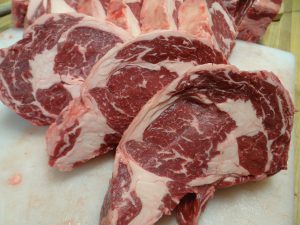
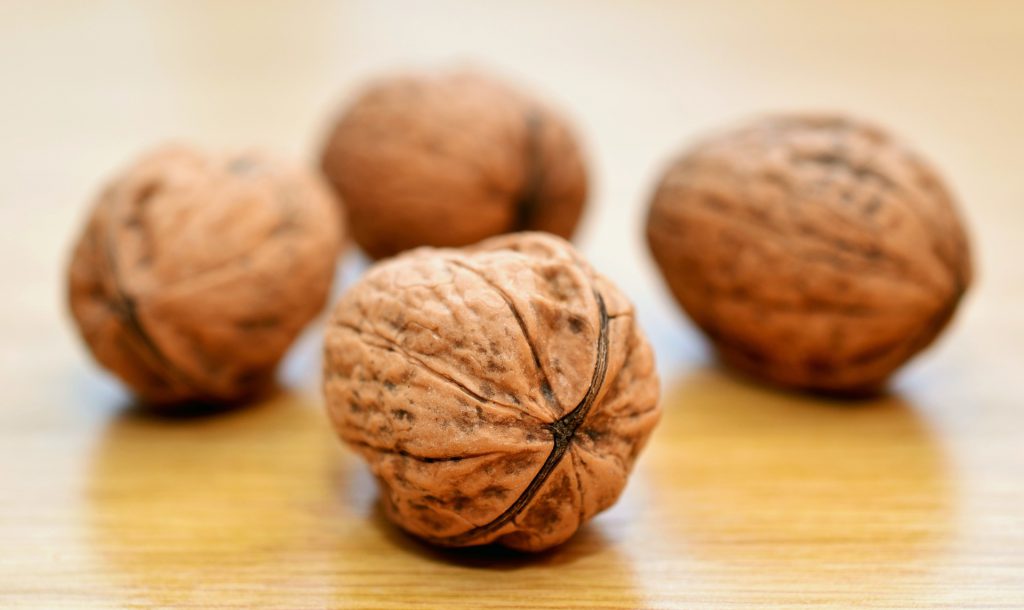
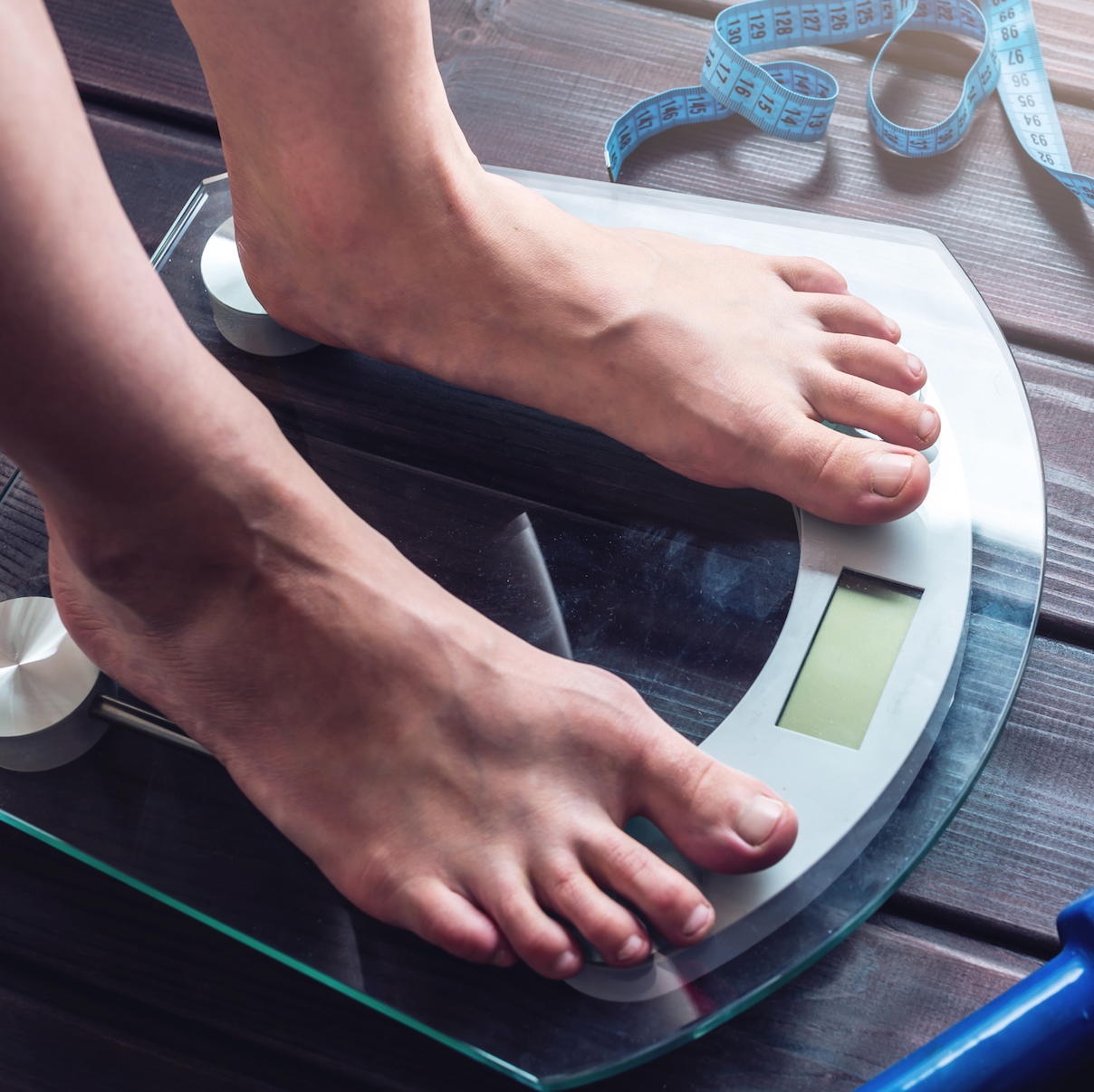
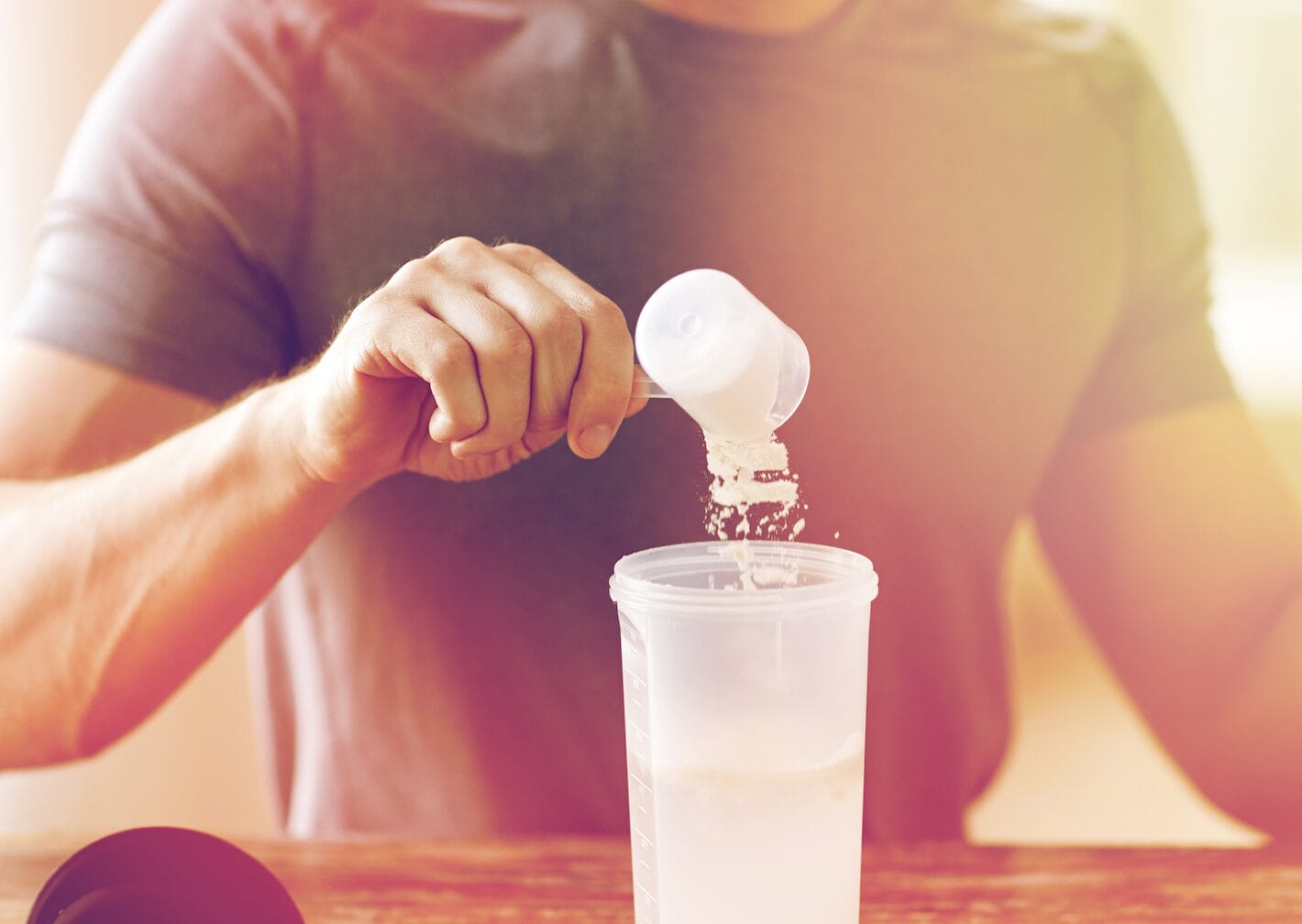

Thank you for sharing these information!
My pleasure, thanks for reading.
I believe there is a misconception surrounding fats and it is really unfair. The ketogenic diet is one that focuses on using healthy fats as the alternative fuel source instead of the glucose that comes from carbohydrates.
Like you mentioned fats pack more than double the amount of energy than carbs do and this is because more goes effort is need when oxidizing fat.
The trick with having fats in your diet is for them to be at a very high level or very low level so that your body is not competing with glycogen.
When a diet is high in both the body would rather store fat because it can be stored almost anywhere while glycogen has a fixed amount of space.
For the longest time people swore up and down that saturated fats were the bad guys and that is not entirely true.
“For years and years, saturated fats were seen as harmful for heart health and we were recommended to reduce them as much as possible.
However, recent studies have debunked this, showing no significant link between saturated fats, which humans have been eating for thousands of years, and the risk of heart disease. In fact, there are many benefits of including healthy saturated fats in the diet.
Plus, one type of saturated fat includes medium-chain triglycerides (MCTs), which are mostly found in coconut oil (and in small amounts in butter and palm oil) and can be digested by the body very easily. When eaten, they’re passed directly to the liver to be used immediately for energy. MCTs are great for fat loss and athletic performance.
Health benefits of saturated fats on keto can include:
-Improved HDL and LDL cholesterol levels
-Maintenance of bone density
-Boosting of immune system health
-Support in creation of important hormones like cortisol and testosterone
-Raising of HDL (good) cholesterol in the blood to prevent buildup of LDL in the arteries
-Improved HDL to LDL ratio ”
“Artificial trans fats are formed during food production through the processing of polyunsaturated fats. This is why it’s important to only choose PUFAs that are unprocessed and not overheated or altered. Not only does processing PUFAs create harmful free radicals, but trans fats are often created from oils that contain genetically modified seeds.
Risks of consuming trans fats include:
-Increased risk of heart disease
-Increased risk of cancer
-Reduced HDL cholesterol and increased LDL cholesterol
-Pro-inflammatory
-Bad for the health of your gut
Examples of trans fats to avoid include:
-Hydrogenated and partially hydrogenated oils found in processed products like cookies, crackers, margarine, and fast food
-Processed vegetable oils like cottonseed, sunflower, safflower, soybean, and canola oils ”
People who are on the Ketogenic diet make plenty use of fats that are available. The fats that everyone should avoid like the plague are PROCESSED TRANS FATS. Those are the ones that serve no nutritional purpose.
The point is to have a high fat diet and low carb or a low fat high carb because your body can’t use both at the same time. Any remember Its PROCESSED TRANS FATS that suck the life out of anyone.
Here is a link to the above information:
http://www.perfectketo.com/good-fats-vs-bad-fats-on-the-ketogenic-diet/
Thanks for the detailed comment, I appreciate the feedback and think we agree on a few points. I agree that processed trans fats are by far the worst fat available and should be avoided at all costs…except for the occasional treat here or there. I also agree that you have to make your choice between higher carb levels and higher fat levels, not a good idea to have a diet high in both…not gonna be too beneficial to the waist line. It was interesting to read your comments regarding saturated fats and some of the benefits you mentioned. I would be interested to see some of the research you mentioned regarding diets high in saturated fats and no correlation with heart disease. I feel the research has showed that saturated fats have been very closely related to increased heart disease and cancer. I guess it could be argued that folks that are eating high levels of saturated fats are typically eating high levels of carbs at the same time. But personally, I wouldn’t be in favor of a diet that includes high levels of meat and dairy, if not for the saturated fats, then for all the other chemicals and waste products that are found in those foods.